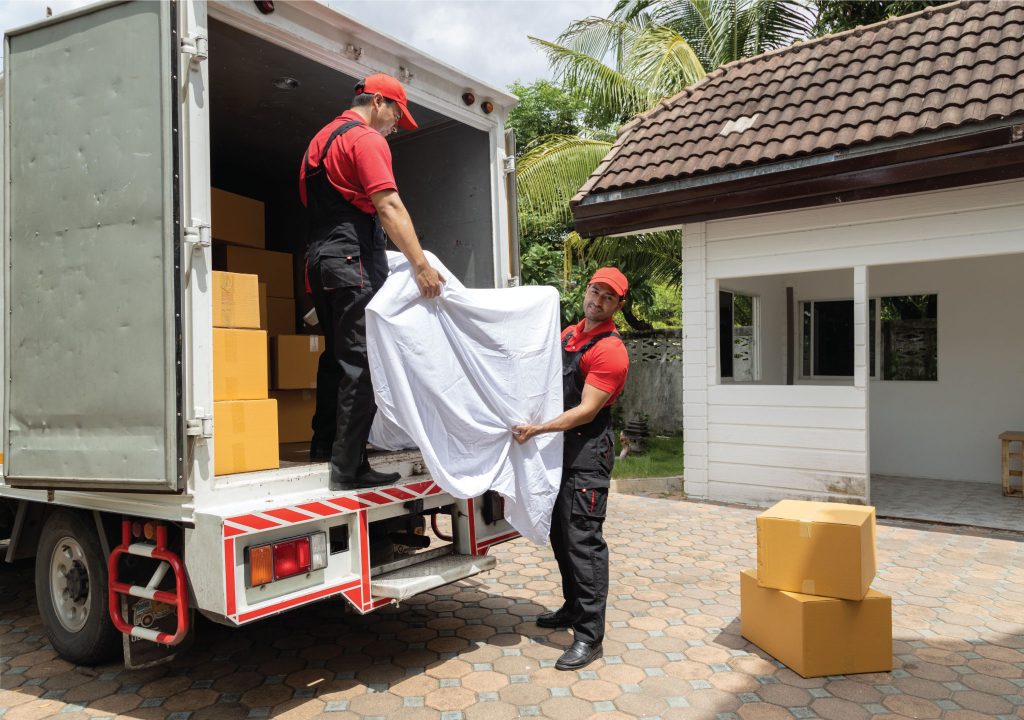June 23, 2025

Moving from Michigan to Texas is a significant change. It’s not just about changing your address but adjusting to a new climate, culture, and lifestyle. This guide offers expert tips to help make your transition smoother. Whether you’re moving for work, family, or a fresh start, these tips will guide you step by step.
1. Plan for a Smooth Transition
Planning is crucial when moving from Michigan to Texas. The first step is to determine a moving date. The earlier you start organizing, the less stressful your move will be. You’ll need to arrange for a moving company or rent a moving truck. Create a checklist of tasks to complete, including sorting your belongings, packing, and managing utilities.
Create a moving checklist:
- Plan your moving date.
- Contact a moving company or rent a truck.
- Start sorting through your belongings and packing.
- Set up utilities like water, electricity, and internet in Texas.
- Update your address with the postal service.
2. Understanding the Climate Difference
One of the most significant changes you’ll notice moving from Michigan to Texas is the weather. Michigan experiences cold winters with snow, while Texas is known for its hot summers. This difference can affect everything from your wardrobe to your daily routine.
Prepare for Texas weather:
- Invest in lightweight, breathable clothing for summer.
- Consider adjusting your home’s air conditioning settings.
- Be prepared for Texas’s humid climate, especially in cities like Houston.
- Keep an eye on weather reports to avoid heatwaves or storms.
3. Find the Right Neighborhood in Texas
Texas offers many cities, each with a unique lifestyle. Whether you’re moving to Austin, Dallas, Houston, or San Antonio, it’s essential to choose a neighborhood that fits your needs.
Neighborhood factors to consider:
- Look for places near your workplace or family.
- Check crime rates and safety statistics.
- Explore school districts if you have children.
- Research local amenities like grocery stores and hospitals.
- Consider your budget and housing options.
4. Get Acquainted with Texas Culture
Texas has a rich and unique culture. From southern hospitality to cowboy traditions, it’s a great place to immerse yourself in new experiences. The state is known for its BBQ, country music, and passionate sports culture, including football.
Things to know about Texas culture:
- People in Texas are renowned for their friendly and welcoming nature.
- The food scene is diverse, with BBQ being a local favorite.
- Texas is home to a large sports community, especially football.
- Respect local traditions and learn about the state’s history.

5. Update Your Driver’s License and Vehicle Registration
When you move to Texas, you’ll need to update your driver’s license and vehicle registration. Texas requires you to apply for a new driver’s license within 90 days of moving. You’ll also need to register your car and get new plates.
Steps to update your documents:
- Visit your local Texas Department of Public Safety (DPS) office to update your license.
- Register your vehicle with the Texas Department of Motor Vehicles (DMV).
- Bring proof of identity, residency, and your car’s insurance.
- Make sure your vehicle passes the required emissions test, if applicable.
6. Manage Healthcare and Insurance Needs
When moving from Michigan to Texas, don’t forget to handle your healthcare needs. This includes finding new doctors, transferring medical records, and updating your health insurance.
Tips for managing healthcare:
- Search for healthcare providers in your new area.
- Transfer medical records to your new doctor.
- Update your health insurance to include Texas coverage.
- Find local pharmacies for refills on prescriptions.
7. Understand Texas Taxes
Texas has no state income tax, which can be a significant benefit compared to Michigan’s state income tax. However, Texas does have higher property taxes, which may impact homeowners. Be sure to factor these changes into your budget.
What to know about Texas taxes:
- There is no state income tax, meaning more take-home pay.
- Texas has higher property taxes, especially in big cities.
- Sales tax in Texas is around 6.25%, with local taxes potentially raising the rate.
- Consider speaking with a tax professional about the impact of these changes.
8. Set Up Utilities in Texas
Before moving, it’s essential to set up utilities like electricity, water, and internet in your new Texas home. Texas offers a deregulated electricity market, which gives you the freedom to choose your electricity provider.
Utility setup tips:
- Set up electricity with a reliable provider.
- Contact water and gas companies for connection dates.
- Look into internet providers for fast and affordable service.
- Don’t forget to transfer your TV or cable services, if applicable.
9. Explore Transportation Options in Texas
Texas is a large state, and transportation varies depending on the city. While cities like Austin and Dallas offer public transportation options, others, such as Houston and San Antonio, may require owning a car. Be sure to familiarize yourself with local transportation options.
Transportation considerations:
- In larger cities, public transit may be available.
- Texas is a car-centric state, so owning a car is essential in many areas.
- Learn about toll roads and how they affect your daily commute.
- Research local ride-sharing options like Uber or Lyft.
FAQs
Q1: How do I find the best moving company for my move from Michigan to Texas?
A1: Research moving companies, read reviews, and get quotes. Check for licensing and insurance to ensure they’re reliable.
Q2: What are the best cities to move to in Texas?
A2: Popular cities include Austin, Dallas, Houston, and San Antonio. Each has its unique features, so choose based on your job, family, and lifestyle preferences.
Q3: Do I need to change my car’s registration when moving to Texas?
A3: Yes, you need to update your car registration and get new Texas plates within 30 days of moving to the state.
Q4: How long do I have to update my driver’s license in Texas?
A4: You have 90 days from your move to update your Texas driver’s license.
Q5: Is Texas a tax-friendly state?
A5: Yes, Texas has no state income tax, but property taxes can be higher than in Michigan, so it’s essential to factor that into your financial planning.
This guide should help ease your move from Michigan to Texas, ensuring you settle in comfortably and quickly. With these expert tips, you’re ready for a smooth transition to your new home.
Buzzmoving connects you with top-rated movers across the country, offering exceptional services. Request your free quote today and get expert solutions for your entire move.









